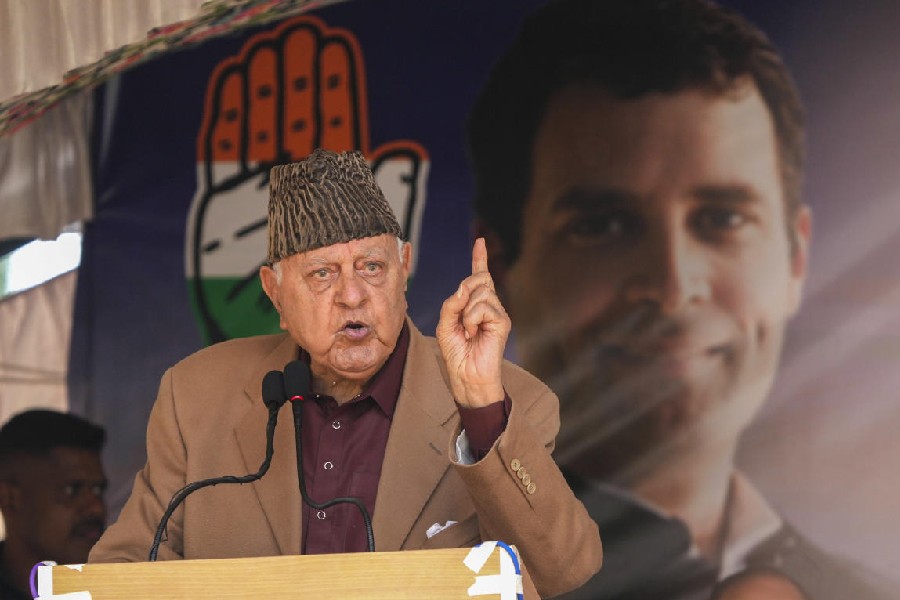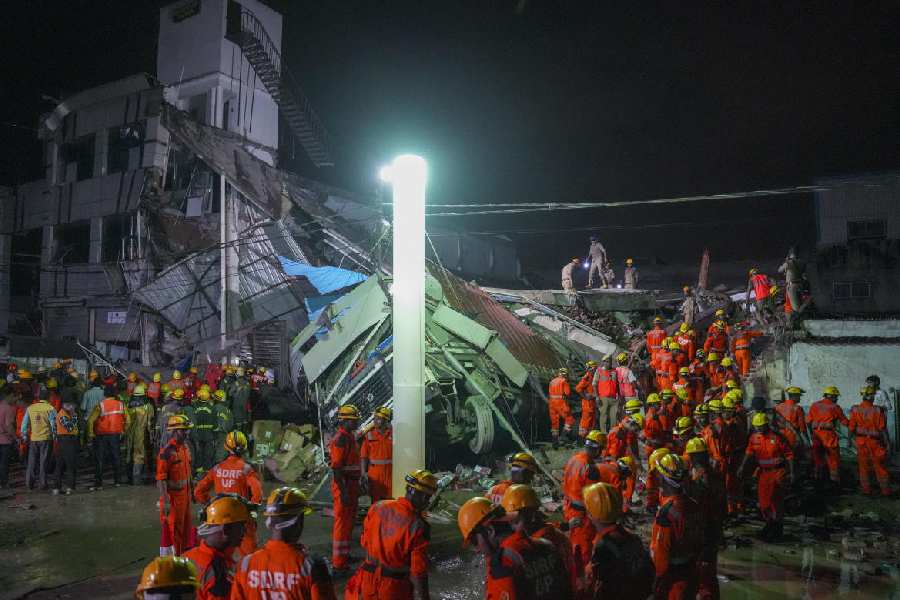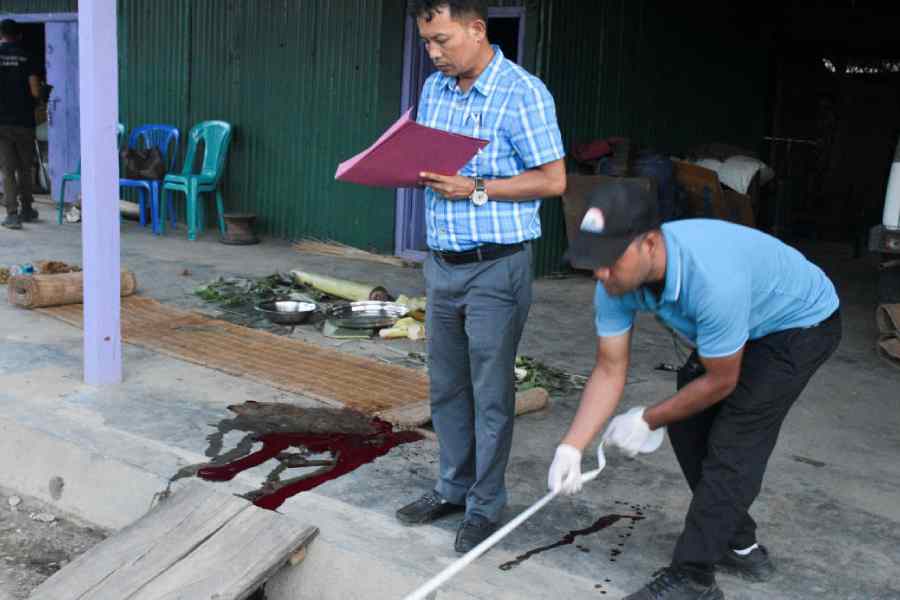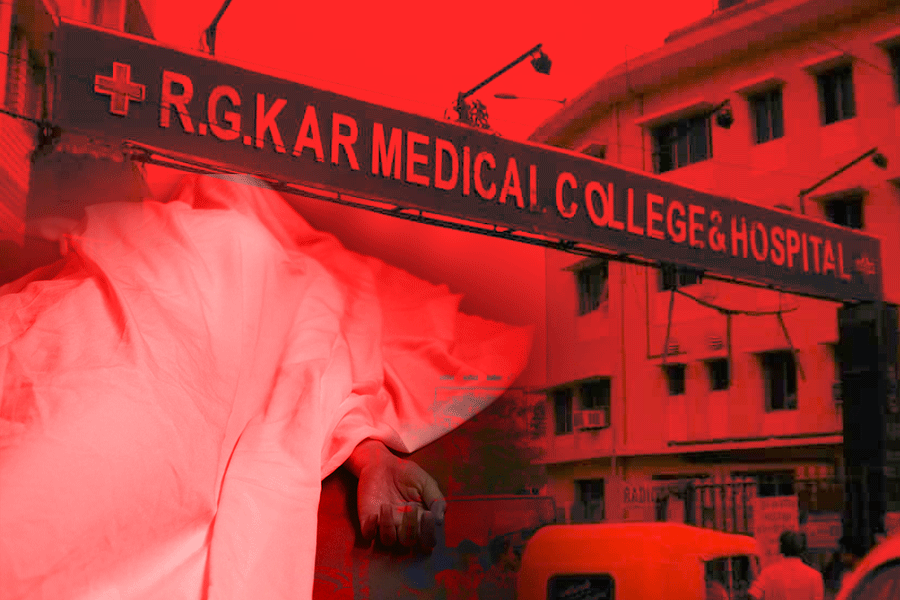When Bangladesh’s near-total communications blackout was partially lifted last week after a vicious crackdown on a student-led protest, one of the first things to emerge online was a digital yearbook of the dead.
It put names and faces to days of carnage unleashed by government forces seeking to quell what had begun as a peaceful demonstration against quotas that reserve sought-after government jobs for specific groups. Conservative estimates put the death toll at near 200. Thousands were injured; in one hospital in the capital, Dhaka, alone, more than 250 people required eye surgeries after being shot in the face by pellets or rubber bullets.
Most of the victims were young, in their 20s. They had been brought together on the streets by the bleak prospects of a stagnating economy. They were also fueled by anger at what they saw as government corruption, cronyism and impunity, as the country’s leaders dismissed their demand for a merit-based distribution of jobs.
Mahmudul Rahman Shoikot, 20, was closing his family’s shop when the crackdown began. He was killed when he rushed to help some injured students, said his sister, Sabrina Shabonti.
“I don’t know if we will ever be able to laugh openly again, to eat the food that was his favorite, or to be truly happy,” Shabonti said. “My mom cries all day. My dad cries all day. All we think of is him.”
The protest, which has subsided after the crackdown and the curfew, began early this month with a single demand. The students sought an end to a system that carved out about half of all civil service jobs for designated groups, with about 30% set aside for the descendants of the “freedom fighters” who liberated the country from Pakistan in the 1970s.
The demonstration descended into chaos about 10 days ago, as the country’s prime minister, Sheikh Hasina, sent Bangladesh’s security forces into the streets. Thousands of people have been swept into jails already overcrowded with political prisoners. Security forces have been surrounding neighbourhoods, combing through houses and stopping people on the street to search their phones for footage of gruesome abuses that could be posted online.
The New York Times News Service










